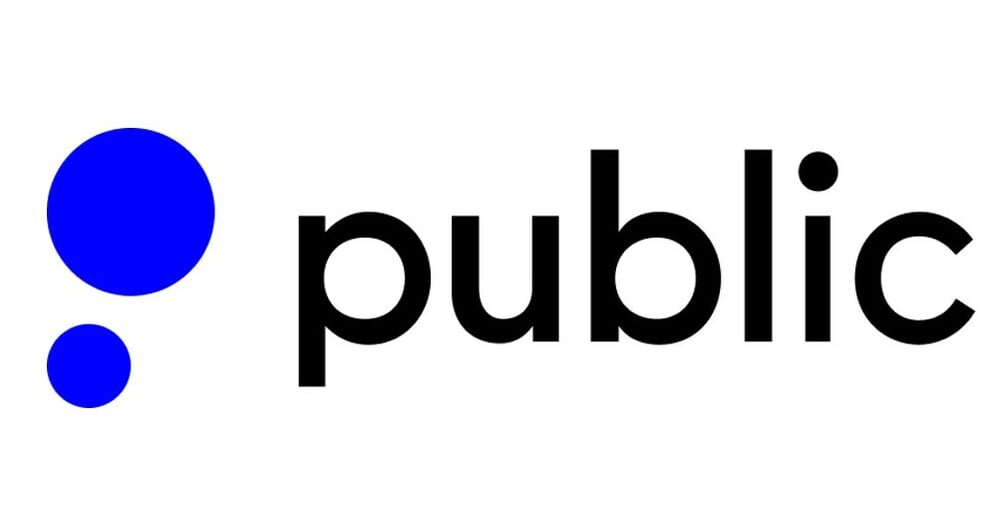How to Buy Treasury Bonds, Notes and Bills

Many, or all, of the products featured on this page are from our advertising partners who compensate us when you take certain actions on our website or click to take an action on their website. However, this does not influence our evaluations. Our opinions are our own. Here is a list of our partners and here's how we make money.
The investing information provided on this page is for educational purposes only. NerdWallet, Inc. does not offer advisory or brokerage services, nor does it recommend or advise investors to buy or sell particular stocks, securities or other investments.
Treasury bonds, notes and bills are low-risk investments issued by the U.S. government.
You can buy them from the government directly, and many buy them through a brokerage, retirement or bank account.
Treasury owners pay federal taxes on the investment interest earned but no state or local taxes.
Treasurys are low-risk securities issued by the U.S. government that pay a fixed rate of interest. As a Treasury bond, note or bill investor, you essentially make a loan to the government, and it pays you back with interest over time.
Here are some Treasury bond basics:
They're issued in 20- or 30-year terms.
They can be purchased in increments of $100.
Treasury bonds pay interest semiannually (every six months) until the end of the term.
They're low-risk, long-term investments guaranteed by the U.S. government.
The current rate for 20-year and 30-year bonds is 4.75%.
Treasury notes and bills are shorter-term U.S. government bonds. Treasury notes mature in two to 10 years and Treasury bills in four weeks to a year.
» Learn more: What are Treasury bonds?
Where to buy Treasury bonds, notes or bills
While you can buy Treasurys like T-bonds directly from the source — the U.S. government — one of the most common ways people add them to their portfolio is by investing in Treasury exchange-traded funds or mutual funds through bank, brokerage or retirement accounts. There is no difference between the Treasury bonds, notes and bills in terms of where to buy them – all can be bought through brokerage accounts or TreasuryDirect.
From a broker or a bank
Exchange-traded funds and mutual funds are ways to buy government bonds in bulk on a brokerage platform. An exchange-traded fund, or ETF, is a basket of investments — such as stocks or bonds — from which you can buy as many or as few shares as you like. Treasury ETFs invest in U.S. Treasury securities, and they are low-cost investments that can be bought and sold like any ETF. Like ETFs, mutual funds are another way investors pool resources in order to get exposure to many securities without having to purchase or manage them.
According to Nicholas Juhle, a certified financial analyst and chief investment officer at Greenleaf Trust, ETFs and mutual funds offer the convenience of owning a number of Treasury bonds that mature at different times and having them managed for you.
“There's a system in place. When the bonds mature, they're rolling that back into new Treasurys for you all the time,” he says.
To understand what the ETF or mutual fund you’re interested in contains, Juhle recommends checking its prospectus.
“Each ETF or mutual fund is going to have a prospectus that describes exactly what can and cannot be held,” Juhle says. For example, this might include whether the fund holds 80% T-bonds or 100% T-bonds.
Top 5 Treasury ETFs by AUM
Ticker | Treasury ETF | Assets under Management (AUM) ($MM) |
|---|---|---|
TLT | iShares 20+ Year Treasury Bond ETF | $51,155 |
BIL | SPDR Bloomberg 1-3 Month T-Bill ETF | $33,712 |
EIF | iShares 7-10 Year Treasury Bond ETF | $26,420 |
SHY | iShares 1-3 Year Treasury Bond ETF | $25,667 |
GOVT | iShares U.S. Treasury Bond ETF | $22,477 |
» Learn more: What is an ETF?
Directly from the U.S. government through the TreasuryDirect website
If you want to bypass brokerages and buy direct from the government, be sure you have these three pieces of information handy if you do: a taxpayer identification number or Social Security number, a U.S. address, and a checking or savings account to link for payment.
Here's how to buy government bonds from TreasuryDirect:
Go to TreasuryDirect.gov (or skip to step five if you already have an account).
Choose the type of account you’re selecting: an individual account, business or organizational account, or estate and trust account.
Provide personal information including: a taxpayer identification number, or TIN; a U.S. address; and a bank account.
Create a password and username to open a TreasuryDirect account.
Once your account has been confirmed, open the account and select the Buy Direct tab.
Specify the security you want — in this case Treasury bonds — and the amount you want to buy.
Select buy.
When the bond matures, the yield lands directly and automatically in your account.
NerdWallet rating 4.9 /5 | NerdWallet rating 4.3 /5 | NerdWallet rating 4.6 /5 |
Fees $0 per online equity trade | Fees $0 per trade | Fees $0 |
Account minimum $0 | Account minimum $0 | Account minimum $0 |
Promotion None no promotion available at this time | Promotion 1 Free Stock after linking your bank account (stock value range $5.00-$200) | Promotion Earn up to $10,000 when you transfer your investment portfolio to Public. |
Important Treasury Bond Terms
Key terms | Definitions and examples |
|---|---|
Annual coupon payment | The total investment interest payment over the course of 1 year. |
Coupon payment frequency | How often investment interest payments are made. T-bond coupon payments pay every 6 months until maturity. |
Discount price | The price of the bond if it falls below face value. |
Face value | The price of the bond if held to maturity. |
Interest rate | The amount a lender charges a borrower to loan them money. The interest rates for T-bonds as of December 2023 were around 4%. |
Price | What investors will pay for a (Treasury) bond, which is affected by the economic environment. |
Years to maturity | T-bonds mature in 20 or 30 years. |
Yield to maturity | The total investment return if a bond is held to maturity. |
» Ready to get started? Check out our list of the best online brokers for beginners.
On a similar note...







